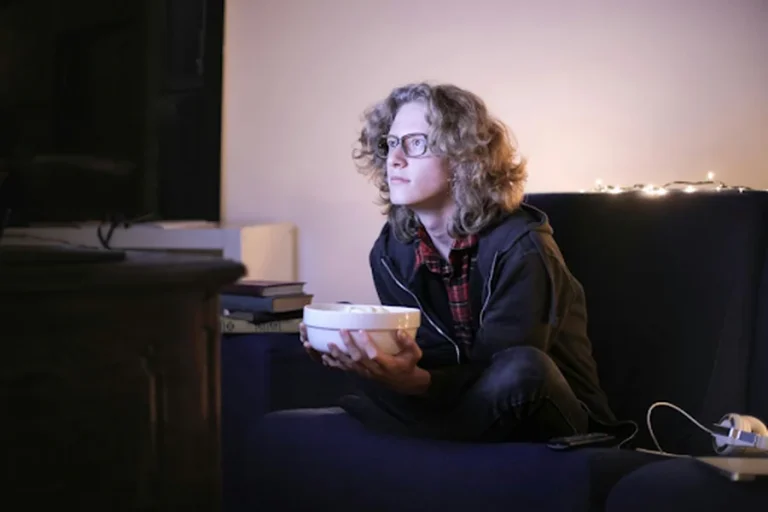The mourning experienced over a beloved TV character’s death, the elation at a favorite YouTuber’s triumph, the feeling of kinship with that podcast host you turn on every morning — these emotional ties are examples of parasocial relationships, one-way bonds we create with media figures, fictional characters and public personalities. These relationships, however, are in no way pathological or superficial; they fulfill crucial psychological needs and have recently gained tremendous relevancy in our hyper-connected world. The study of parasocial interactions uncovers basic characteristics of human social cognition and how we fulfill our connections needs in the contemporary world.
The Psychology of One-Sided Connection
Parasocial friendships form as the result of repeated exposure to media figures who disclose personal information, emote, and give an appearance of face-to-face dealing with people. This phenomenon, in which audiences on the receiving end become emotionally involved with characters and invest real emotions into their shows, was first labeled by Donald Horton and Richard Wohl in 1956 as they saw how TV show watchers began to have authentic feelings for performers even though the communication occurred only in one “direction.”
Mirror neuron systems and theory of mind processes come on-line during media use as they do with actual social interaction, generating genuine socio-emotional responses and attachment cues. Social cognitive mechanisms do not differentiate between mediated and physical interactions, so our brains respond to these connections as real relationships.
Functions of Parasocial Relationships
- Social Practice: Provide safe opportunities to explore relationship dynamics without social risk or reciprocal obligations
- Emotional Regulation: Offer comfort, inspiration, and companionship during difficult periods or social isolation
- Identity Development: Help individuals explore different aspects of personality and values through identification with media figures
- Parasocial Compensation: Fill gaps in real-world social networks, particularly for people with limited face-to-face connections
- Entertainment and Escape: Create engaging narratives and emotional experiences that enrich daily life
Digital Age Amplification
Parasocial relationship formation has been greatly heightened by social media and interactive platforms. More than any other medium, YouTubers, Twitch streamers and podcast hosts speak or talk directly to the camera or microphone about their personal issues while reacting in real time to what their viewers are saying is akin to content intimacy on steroids. Record a Likeness -AI curation means you never have to be without your favorite individuals, providing rich interaction even when used over time.
This phenomenon also applies to sports fan obsession, and people find themselves feeling deeply connected to athletes and teams they’ve never met. For avid fans who closely follow leagues — game highlights and even betting markets, such as PBAOdds may forge an emotional connection with players and teams, where winnings are celebrated like their own victories and defeats sting like personal losses.
In a reflection of this, influencer culture is purpose-built to foster parasocial relationships as a viable business model that turns details about the personal lives and thoughts of creators, behind-the-scenes peeks into their work and lifestyle information into sales: businesses attached to “me.”
Benefits and Potential Concerns
Parasocial relationships can have real psychological effects, such as lessening loneliness, boosting self-image by identifying with successful personalities and providing emotional support in tough times. They can also act as intermediate stations on the way out of social anxiety, offering opportunities to practice intimacy with feelings before moving into reciprocity.
Yet unhealthy patterns can form, such as when parasocial relationships replace entirely any genuine social ties, or when people develop unrealistic expectations about the one-way relationship becoming mutual. An excessive focus on the lives of celebrities or fictional characters can be a sign of isolation that needs to be addressed.
Cultural and Individual Variations
People from collectivist cultures might have different patterns of parasocial attachment, where they may be placing greater emphasis on group identification with media community members rather than celebrity individuals. Attachment styles affect how people interact with media figures—individuals high in anxious attachment may form more intense parasocial bonds, while those high in avoidant attachment might keep a greater emotional distance.
There are also age considerations, as teenagers frequently develop robust parasocial relationships in the context of identity development, and older adults may use these bonds to sustain social engagement and cognitive stimulation.
Wrapping Up
Parasocial relationships are an outgrowth of human social cognition in a mediadense environment that serve important psychological and social purposes. Instead of usurping authentic relationships, they generally supplement how we spend our social time providing further means of connectivity, inspiration and emotional support. Recognizing these one-sided relationships serves to increase our gratefulness for them while simultaneously bringing to light when they could be a signal that we need more reciprocated human connection in our lives.

